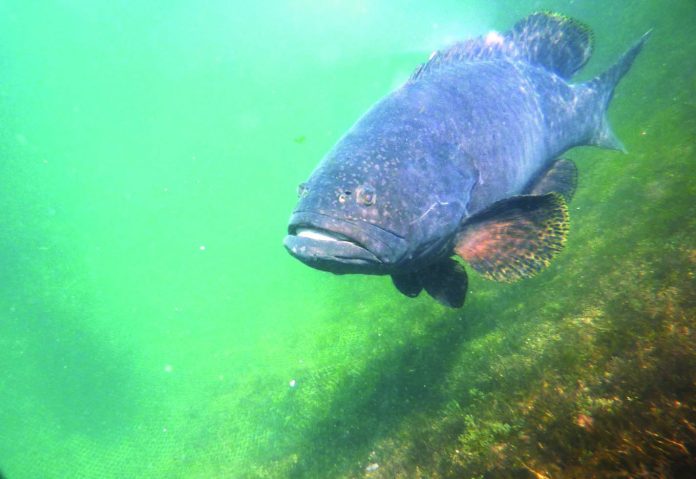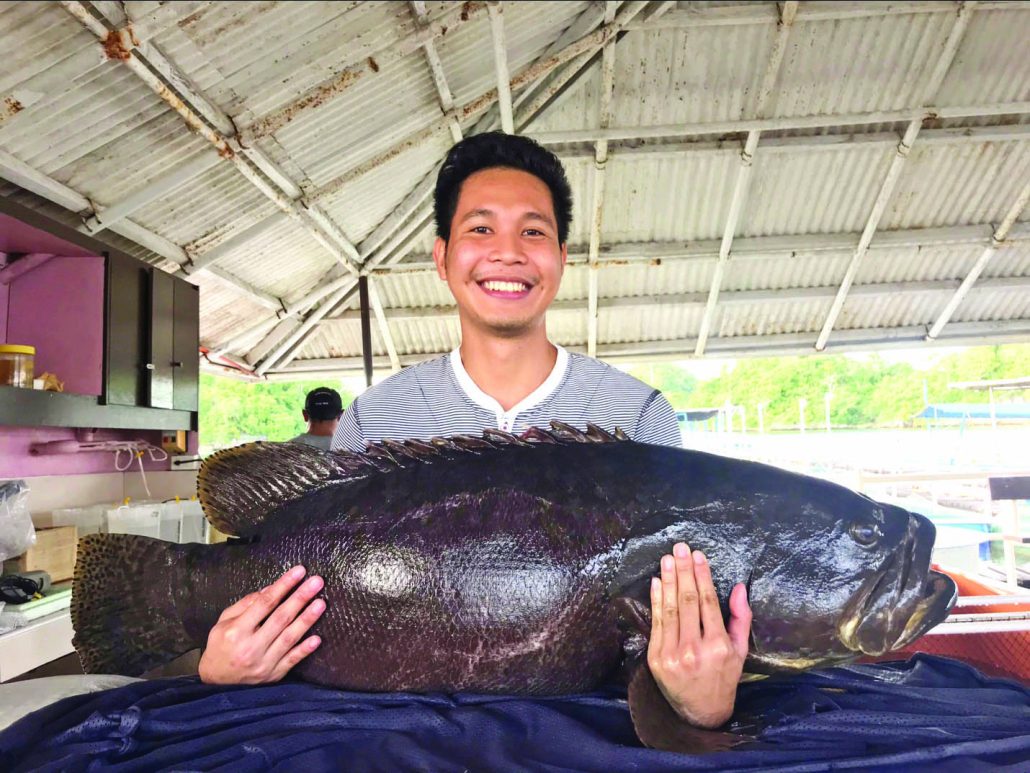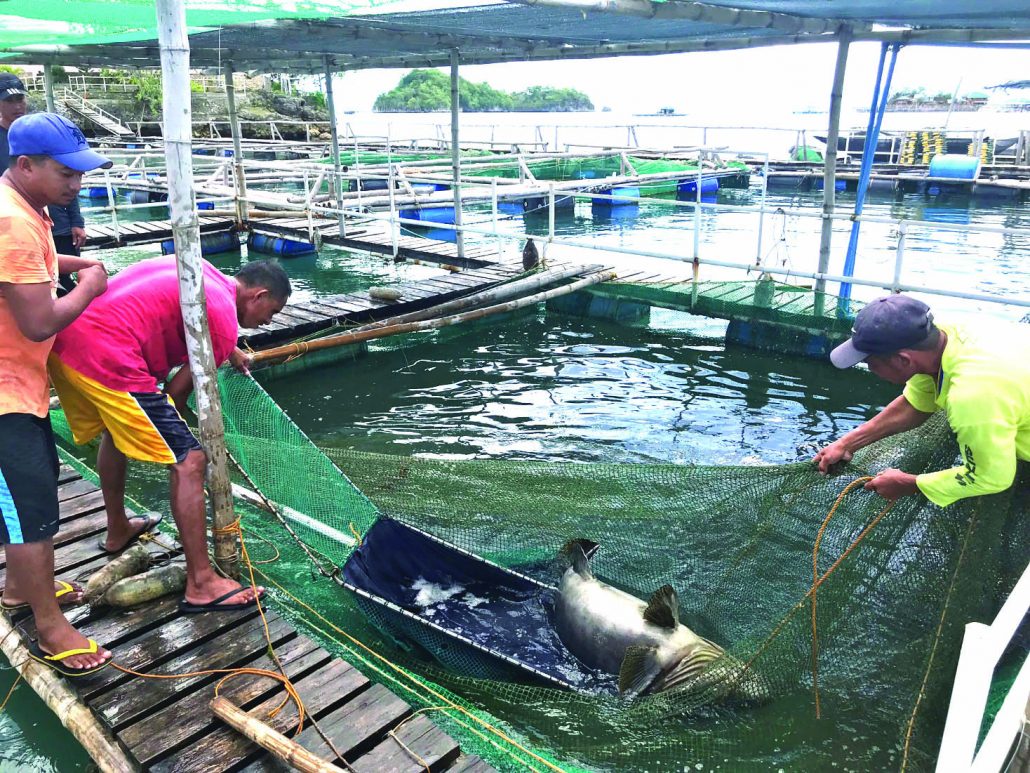
by RD Dianala
WILL Ivy someday become Ivan? Researchers have been monitoring Ivy since 2015 to gain a better understanding of how her gender as a giant grouper or lapu-lapu might change over the years.
There is no record of Ivy’s exact age since her adoption in 2015. The latest data show she weighs around 29 kilograms.
Ivy is now housed comfortably in Nueva Valencia, Guimaras, albeit in a cage, as part of a study to better understand the gender issues that surround her and her kin.
The premium value of the giant grouper in the export market has placed intense pressure on the species which, in the 1970s, used to be a common sight in shallow coral reefs in the Philippines. Today, it is very rare to find the fish in local markets and they are almost totally absent in the reefs.

Because of overfishing and the destruction of their habitat, groupers bred in hatcheries and grown in sea cages are seen to fill-in for their declining wild population. However, waiting several years for females to sex reverse is a problem for farmers who wish to breed the hermaphrodite fish.
Hermaphrodite giant grouper
Born without a gender and only an inconspicuous genital opening, thin plastic tubes were inserted into Ivy’s body once a month. It was only in January 2018 that researchers of the Southeast Asian Fisheries Development Center (SEAFDEC) finally concluded that Ivy was a female, after detecting eggs developing within her.
That was quite expected as giant groupers are known to be hermaphrodites where males arise from female groupers that naturally change sex at some point in their life. This was the presumed pattern until a recently published SEAFDEC study found that “straight” males do exist.
The findings of SEAFDEC researcher Peter Palma and his team are detailed in the paper, “Reproductive development of the threatened giant grouper Epinephelus lanceolatus”contained in volume 509 of the Aquaculture journal, published in July 2019. Their study was funded by the Australian Center for International Agricultural Research.
“Before, it was assumed that giant groupers have to mature as female first before they become male. For fish farmers, it meant male breeders will take a long time to obtain,” says Peter Palma, a researcher at SEAFDEC who observed a deviation from the presumed norm.

Straight’ males that do not pass through female stage
Not far from Ivy’s cage at the Igang Marine Station of SEAFDEC is Lito, a 26-kilogram young grouper. In November 2016, after over a year of showing no signs of being male or female, researchers gently massaged Lito’s abdomen and saw milt, or fish sperm, come out.
Palma refers to Lito as a primary male, one of the first documented among the giant grouper species. These “straight” males did not pass through female stage, and provide hope that farmers need not gamble years of waiting and feeding these voracious eaters, while crossing their fingers that some of their captive females will sex reverse into functional males.
Palma hopes the documentation of the primary males will further encourage the farming of the giant grouper and stave off the depletion of their wild population by providing an alternative source of the delectable fish known for their flaky and lean meat.
As for Ivy, nobody is sure if she will change sex several years from now. But even if she does not, there is already Lito waiting for her./PN
PR Seafdec 1:
PHOTO BY RD DIANALA
One of the giant groupers (Epinephelus lanceolatus), locally known as lapu-lapu, in a broodstock cage at Southeast Asian Fisheries Development Center’s Igang Marine Station. A study published in July 2019 debunked the long-held presumption that males of this hermaphrodite fish species only arise from females that sex change later in life.



